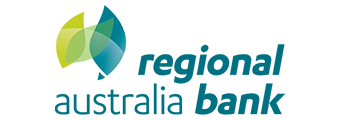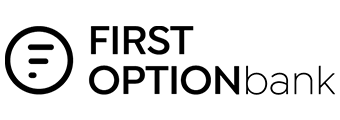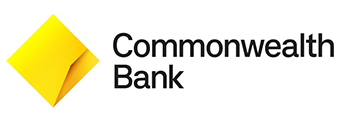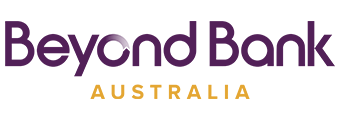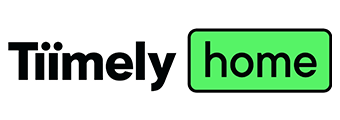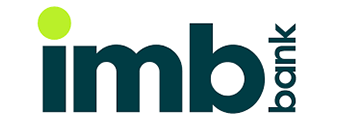Fact Checked
| Lender | Home Loan | Interest Rate | Comparison Rate* | Monthly Repayment | Repayment type | Rate Type | Offset | Redraw | Ongoing Fees | Upfront Fees | Max LVR | Lump Sum Repayment | Additional Repayments | Split Loan Option | Tags | Row Tags | Features | Link | Compare | Promoted Product | Disclosure |
|---|---|---|---|---|---|---|---|---|---|---|---|---|---|---|---|---|---|---|---|---|---|
5.79% p.a. | 5.83% p.a. | $2,931 | Principal & Interest | Variable | $0 | $530 | 90% |
| Promoted | Disclosure | |||||||||||
5.74% p.a. | 5.65% p.a. | $2,915 | Principal & Interest | Variable | $0 | $0 | 80% |
| Promoted | Disclosure | |||||||||||
5.69% p.a. | 5.70% p.a. | $2,899 | Principal & Interest | Variable | $0 | $0 | 60% |
| Promoted | Disclosure | |||||||||||
5.84% p.a. | 6.08% p.a. | $2,947 | Principal & Interest | Variable | $250 | $250 | 60% |
| Promoted | Disclosure | |||||||||||
5.49% p.a. | 5.69% p.a. | $2,836 | Principal & Interest | Variable | $null | $null | 60% | Disclosure | |||||||||||||
5.84% p.a. | 5.86% p.a. | $2,947 | Principal & Interest | Variable | $0 | $250 | 60% | Disclosure | |||||||||||||
5.89% p.a. | 6.14% p.a. | $2,962 | Principal & Interest | Variable | $248 | $350 | 60% |
| Disclosure | ||||||||||||
5.93% p.a. | 5.96% p.a. | $2,975 | Principal & Interest | Variable | $0 | $845 | 80% | ||||||||||||||
5.89% p.a. | 5.91% p.a. | $2,962 | Principal & Interest | Variable | $0 | $250 | 80% | Disclosure | |||||||||||||
5.90% p.a. | 6.03% p.a. | $2,966 | Principal & Interest | Variable | $null | $300 | 60% | ||||||||||||||
6.19% p.a. | 6.19% p.a. | $3,059 | Principal & Interest | Variable | $0 | $160 | 70% | ||||||||||||||
6.29% p.a. | 6.30% p.a. | $3,092 | Principal & Interest | Variable | $null | $null | 80% | ||||||||||||||
6.54% p.a. | 6.63% p.a. | $3,174 | Principal & Interest | Variable | $8 | $350 | 70% | ||||||||||||||
5.74% p.a. | 6.19% p.a. | $2,915 | Principal & Interest | Variable | $0 | $530 | 90% |
| Disclosure | ||||||||||||
5.89% p.a. | 5.93% p.a. | $2,962 | Principal & Interest | Variable | $0 | $530 | 90% |
| Promoted | Disclosure | |||||||||||
5.64% p.a. | 6.19% p.a. | $2,883 | Principal & Interest | Variable | $375 | $null | 60% | Promoted | Disclosure | ||||||||||||
5.88% p.a. | 6.03% p.a. | $2,959 | Principal & Interest | Variable | $10 | $450 | 80% | ||||||||||||||
5.93% p.a. | 5.96% p.a. | $2,975 | Principal & Interest | Variable | $0 | $845 | 60% |
Frequently Asked Questions
An attractive perk of using a variable rate home loan is the flexibility that’s available to you. Unlike fixed rate home loans, many variable rate home loans allow you to make unlimited extra repayments. This can help you pay off your home loan faster, which means that you’ll likely save on interest charges over time. Additionally, some variable rate home loans will come with features like an offset account, redraw facility, flexible repayment schedules, ability to pay off the loan early without fees, ability to refinance without breaking your agreement, and more.
If you have a variable rate home loan, you can pay it off early by making extra or early repayments. Paying off your variable rate home loan early means you'll save money on interest, and you won't be slapped with early break fees.



